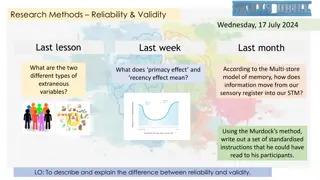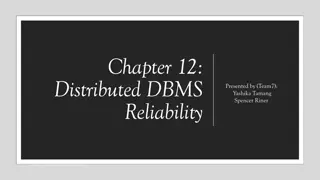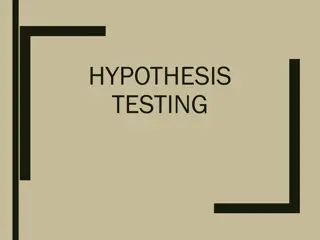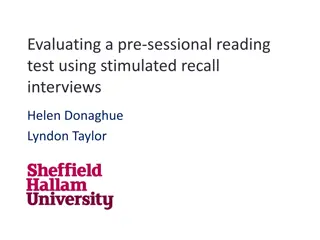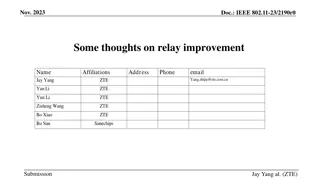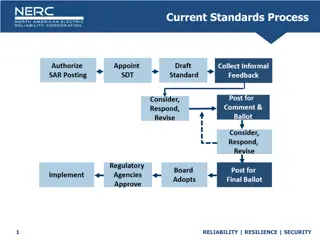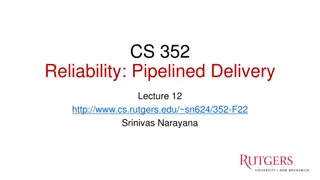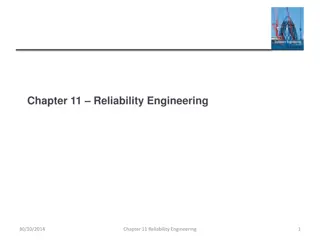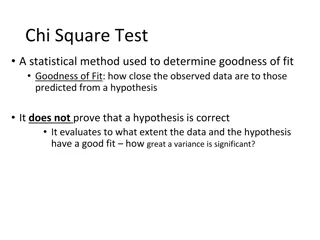Simple Reliability Test Example for Bulbs
Understanding reliability testing for bulbs involves testing failure rates, predicting longevity based on on/off cycles, and analyzing data to determine failure patterns. This example demonstrates collecting data, plotting results, fitting Normal curves, and using life distribution output profilers to answer key questions on bulb reliability testing.
Download Presentation

Please find below an Image/Link to download the presentation.
The content on the website is provided AS IS for your information and personal use only. It may not be sold, licensed, or shared on other websites without obtaining consent from the author. Download presentation by click this link. If you encounter any issues during the download, it is possible that the publisher has removed the file from their server.
E N D
Presentation Transcript
Simple Reliability Test Example We want to know things like: What percentage of bulbs will fail after 1100 on/off cycles? How many on/off cycles will cause 50% of our bulbs to fail?
Simple Reliability Test Example We need data to make the estimates. Test parameters might be: We have 100 test fixtures, so we can test 100 bulbs. We have a way to measure each bulb (perhaps a current sensor) to know the exact on/off cycle when each bulb fails. We can ONLY TEST for 800 hours! (We need the lab space.)
Simple Reliability Test Example We collect data. Some bulbs fail quickly (400 on/off cycles). Some fail later (700 on/off cycles). Many (37/100) are still running after 800 hours! We plot the results:
Simple Reliability Test Example Blue bars represent observed failures. Red bar indicates Censored units (i.e. did not fail)
Simple Reliability Test Example What if we believe that the true distribution of failures should be bell-shaped (normal)? We could fit a Normal curve to only those bulbs that failed. We could fit a Normal curve to All bulbs, assuming that the censored bulbs all failed at 900 cycles.
Simple Reliability Test Example Broken line is Normal fit for failures only. Underestimates the failure behavior (predicts failures too soon. Solid line includes censored units as failing at 900 cycles. Still underestimates true failure pattern. Use JMP s Reliability platform: Life Distribution
Simple Reliability Test Example Life Distribution Output Profilers can answer the questions: What percentage of bulbs will fail after 1100 on/off cycles? How many on/off cycles will cause 50% of our bulbs to fail?










